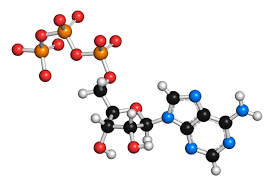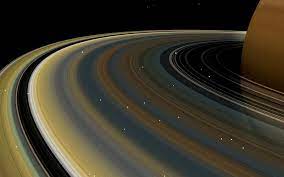When atoms come together, they make a molecule. For example, you are made of many different types of molecules–trillions and trillions to be exact! Sure, that probably sounds like a lot till you realize that EVERYTHING around is also made up of molecules. So the couch you’re sitting on? Yup…molecules. The computer screen you’re looking at? Also molecules we tell ya!
Compounds
Different atoms form molecules called compounds when they join together. For example, water is a compound made of 2 hydrogen atoms and 1 oxygen atom–this creates H2O. Additionally, the number of hydrogen atoms will always be double the amount of oxygen atoms in every molecule of water.
Molecular Formula
There are only around 100 types of atoms, but there are millions and millions of different substances out there. This is because they can be combined into different molecules. Molecules are not only made up of different types of atoms but also in different ratios. For example, as already discussed, a water molecule has 2 hydrogen atoms and 1 oxygen atom. This is written as H2O. Whereas, Hydrogen Peroxide is also made up of 2 hydrogen atoms and 1 oxygen atom, but with an extra oxygen atom. This is written as H2O2. The addition of an extra oxygen atom changes it from something necessary for living things, into something that can be toxic.
Some other examples of chemical formulas are carbon dioxide (C02), ammonia (NH3), and sugar or glucose (C6H12O6). As you can see, some formulas can get quite long and complex.
The molecule for sugar is shown below:
C6 – 6 carbon atoms
H12 – 12 hydrogen atoms
O6 – 6 oxygen atom
A sugar molecule cannot exist without a specific combination of atoms.
Bonds
The vast majority of molecules and compounds are held together by forces called chemical bonds. There are two predominant types of bonds: covalent and ionic. Some substances can feature both types of bonds simultaneously.
There are two main types of bonds that result from atoms sharing electrons. Usually, these shared electrons come from shells orbiting the atom. When an orbital shell isn’t full, it will try to bond with another atom in order to get the right amount of electrons and fill its shell.
Covalent bonds are created when atoms share electrons in order to fill their outer shells.
Ionic bonds form when two atoms share an electron. One atom will donate an electron to another in order to achieve a balance between the two and, as a result, create a molecule or compound.






